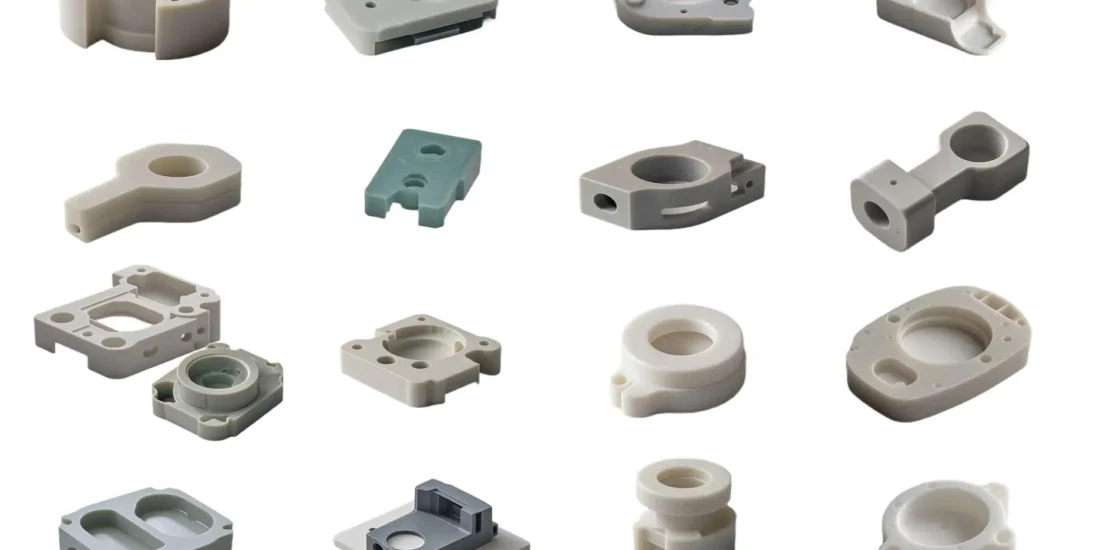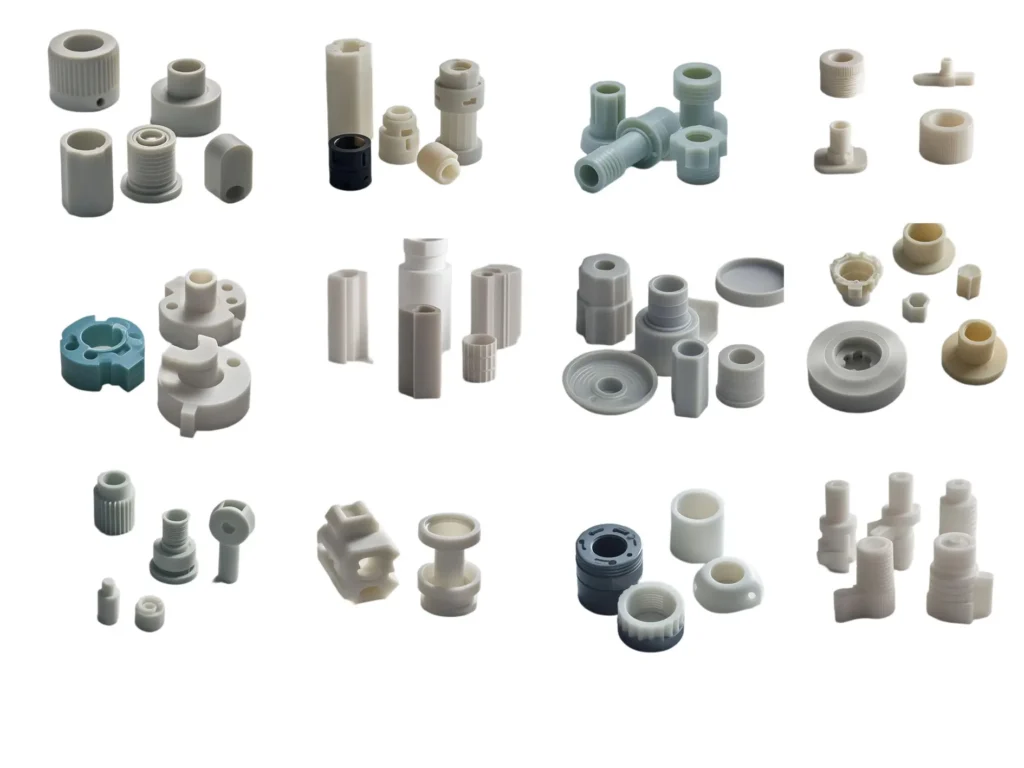- June 25, 2025
- Posted by: feinuojixie
- Category: Injection Molding News


In today’s rapidly evolving manufacturing environment, the plastic molding business has become a cornerstone of innovation and efficiency. From medical devices to automotive components, plastic-molded parts are essential to modern production. As industries demand faster turnaround times, tighter tolerances, and cost-effective solutions, the plastic molding business stands out as both a critical service provider and a highly competitive arena. Understanding what drives success in this field is key for those aiming to thrive—not just survive—in a crowded market.


Understanding the Core of the Plastic Molding Business
At its heart, the plastic molding business involves transforming raw plastic material into precise, functional parts through heat and pressure. The most common method, injection molding, dominates due to its ability to produce high volumes with consistent quality. Other techniques, such as blow molding and compression molding, cater to specific needs like hollow parts or large components. Regardless of the process, the business revolves around designing efficient molds, maintaining cycle speed, and ensuring dimensional accuracy. Success begins with a deep understanding of these fundamental operations.
Market Competition and Why It’s Fiercer Than Ever
The plastic molding business operates in a globalized environment where competitors span continents. Low-cost providers, rising customer expectations, and the pressure for rapid delivery all contribute to an aggressive marketplace. Companies must offer more than just molded parts—they need to deliver speed, quality, and innovation. Staying competitive requires ongoing investment, constant improvement, and a clear understanding of evolving industry benchmarks. Firms that fail to differentiate often find themselves in a race to the bottom.
Investment in Technology: A Cornerstone of Success
Technology is not optional in the plastic molding business—it is essential. High-precision molding machines, automated handling systems, and simulation software for mold flow analysis are just a few of the tools leading companies rely on. Automation reduces errors and increases efficiency, while digital monitoring systems allow for real-time performance tracking. Businesses that continually upgrade their technology are able to produce better parts, reduce waste, and scale operations without compromising quality.
Talent, Expertise, and the Need for Skilled Teams
Machines alone don’t make a plastic molding business successful. Behind every successful operation is a team of experts—design engineers, toolmakers, material specialists, and machine operators—each playing a crucial role. Recruiting, training, and retaining skilled workers is a challenge, but it’s also one of the most impactful investments. A company’s ability to innovate, troubleshoot, and deliver high-performance parts often depends on the knowledge and experience of its people.
Quality Standards and Certifications that Set You Apart
In the plastic molding business, quality is non-negotiable. Meeting industry certifications like ISO 9001 or IATF 16949 signals a commitment to excellence. Clients often demand compliance with strict standards, especially in sectors like medical, automotive, and aerospace. Quality control processes—from first article inspection to final testing—must be built into the workflow. A strong quality system not only prevents defects but builds trust and opens doors to larger, more lucrative contracts.
Supply Chain and Material Management in the Plastic Molding Business
Efficient supply chain management can make or break a plastic molding business. Sourcing the right resins, maintaining buffer inventory, and ensuring timely delivery are essential to meeting production deadlines. Disruptions—whether from global shortages or local delays—can have a ripple effect on operations. Top businesses develop strong supplier relationships, monitor material trends, and implement lean inventory practices to remain agile in the face of change.
Client Relationships and the Art of Customization
Plastic molding is rarely a one-size-fits-all service. Clients often require tailored solutions, whether it’s a unique part geometry or specific material requirement. Building lasting relationships means understanding client needs in depth, offering design-for-manufacturing guidance, and maintaining clear communication throughout the project. Businesses that excel in client service often become long-term partners rather than just vendors. In a competitive landscape, that trust becomes a powerful differentiator.
Sustainability and Eco-Conscious Practices as a Differentiator
Sustainability is no longer a bonus—it’s a necessity. More clients are demanding environmentally responsible practices from their suppliers. The plastic molding business must rise to the challenge by using recyclable materials, reducing scrap, and improving energy efficiency. Some companies go further, implementing closed-loop systems or offering bioplastic solutions. Embracing sustainability not only aligns with regulations and customer expectations but also strengthens brand reputation and market value.


Adapting to Trends: How Innovation Drives Growth
Innovation is the engine of growth in the plastic molding business. From lighter-weight materials in automotive applications to rapid prototyping in consumer goods, trends continue to shift how businesses operate. Embracing technologies like digital twin modeling, predictive maintenance, and mold-less forming methods can open new markets. Businesses that monitor industry shifts and are willing to pivot quickly often discover new revenue streams and growth opportunities.
Building a Resilient Plastic Molding Business in a Fast-Changing World
To succeed in the plastic molding business, companies must master more than just molding parts—they must master complexity. From maintaining technical excellence and building high-performing teams to adapting to market shifts and embracing sustainability, success depends on a blend of vision and execution. While the competition is fierce, the opportunities are vast for those willing to innovate, invest, and stay customer-focused. In a world where precision and speed define winners, resilience becomes the ultimate competitive edge.
